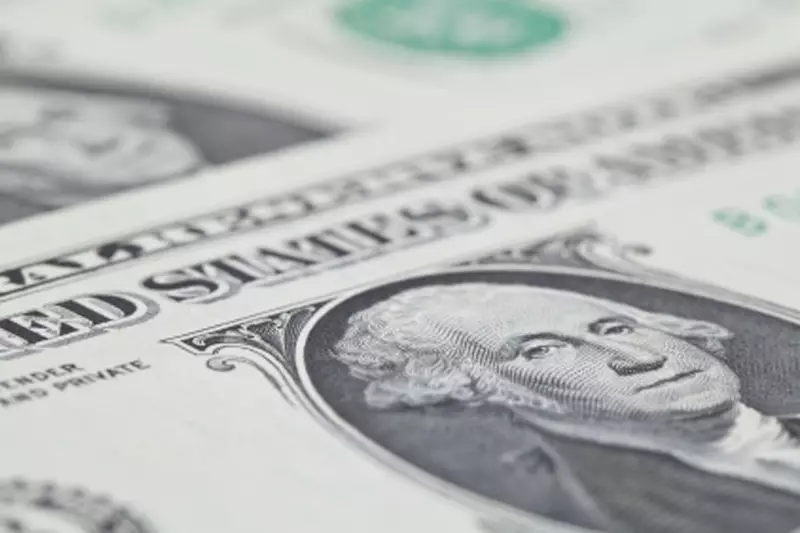In recent financial news, the U.S. dollar has been exhibiting a significant upward trend, a phenomenon attributed to various political and economic factors influencing market sentiment. Particularly following the recent election results, analysts suggest that the dollar’s trajectory might be set for more growth, yet underlying complexities warrant a detailed examination of its implications.
On a recent Monday, the Dollar Index surged 0.3% to a notable 105.207, after a previous week where it gained 0.6%. Such performance indicates an overall strengthening of the greenback. This positive momentum can be largely attributed to the political climate created by the new Trump presidency. Analysts are beginning to consider how Trump’s economic policies, especially those concerning tariffs and immigration, may retaliate against global markets, potentially creating inflationary pressures domestically. The belief that these policies might encourage the Federal Reserve to adopt a less aggressive approach toward rate cuts could bolster the dollar further.
Yet, there remains an interesting dynamic to unpack when evaluating this rebound. The Federal Reserve’s decision to lower interest rates—despite a strengthening dollar—implies that market participants might be anticipating an economic environment where lower rates could coexist with a robust dollar. This contradicts traditional assumptions that lower rates would devalue a currency. Thus, different schools of thought are emerging, and it seems crucial to evaluate how forthcoming market data, particularly inflation figures, will influence this narrative.
While the U.S. dollar gains momentum, its rise does not come without consequences for other currencies, particularly the euro. The EUR/USD pair witnessed a decline of 0.3%, driven in part by Trump’s expected tariffs on European imports, which could inadvertently depress European exports. Such developments add political pressure to the European economy, especially with Germany facing turmoil. The dismissal of Finance Minister Olaf Scholz and the potential for a snap election brings further uncertainty, leading to speculation about the European Central Bank’s (ECB) necessary intervention to stabilize regional fiscal landscapes.
With regard to the British pound, GBP/USD dipped 0.2% following a second rate cut from the Bank of England (BoE). The recent monetary policy developments in the UK raise concerns about the central bank’s forward guidance, particularly amidst expansive budgetary measures from the Labour government. Market participants are attuned to the upcoming Mansion House speech by BoE Governor Andrew Bailey, which is expected to provide further insight into future monetary policy directions.
As we look eastward, the USD/CNY exchange rate climbed 0.2% to 7.1934, near three-month highs, largely motivated by fiscal strategies outlined by China’s National People’s Congress. However, the measures proposed fell short of investor expectations for targeted fiscal stimulus, leading to a cautious reception. Such interactions underscore the intricate web of interdependence between economies, reinforcing the understanding that U.S. monetary policy shifts can reverberate across global markets.
Moreover, the Japanese yen faced pressures as USD/JPY increased by 0.8% to 153.83. This rise can be attributed to mixed signals from the Bank of Japan, where internal division among policymakers regarding interest rate hikes introduces uncertainty. For a currency that has struggled with a myriad of political challenges in recent months, this indecision adds a dimension of volatility that market watchers should be aware of.
While the recent uptick in the U.S. dollar might appear promising, the intricate geopolitical and economic ramifications necessitate a cautious outlook. Analysts are right to identify the potential impact of political decisions on currency strength; however, investors must remain vigilant as external factors continue to play crucial roles. The interplay between domestic policies, global economic conditions, and market sentiment will ultimately dictate the direction of the dollar as the year unfolds. Each development, whether it be from Washington, Brussels, or Tokyo, will undoubtedly shape the contours of future trading patterns, emphasizing the importance of comprehensive market analysis moving forward.

